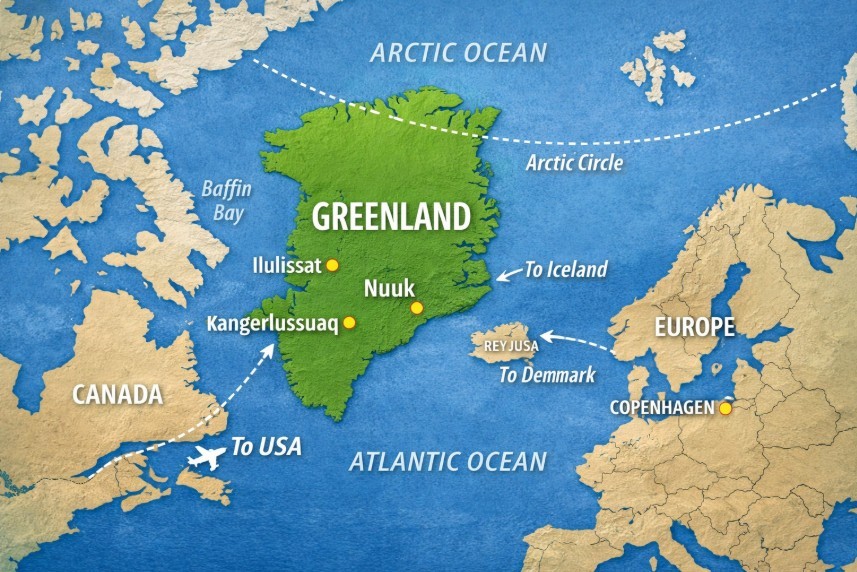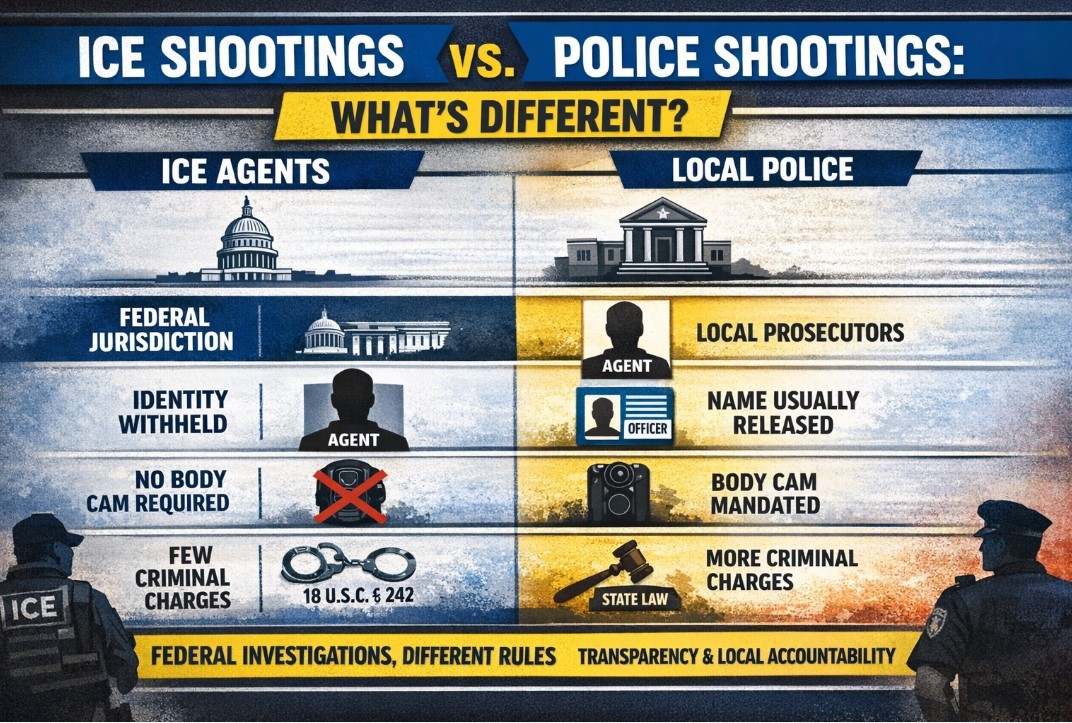How Many Inches Are In A Yard and How to Convert Yards to Inches?
| Summary |
The world of measurement is replete with various units that quantify length, weight, volume, and more. Among these, inches and yards hold significant places, especially in regions influenced by the British Imperial system or the customary system of the United States. An inch, represented by the symbol "in," serves as a fundamental unit of length. It is widely employed in everyday measurements—from the dimensions of electronic screens to clothing sizes.
On a larger scale, the yard denoted as "yd," steps in as a longer unit of linear measurement. It finds its application in measuring distances such as those in sports fields and fabric lengths. Understanding how these units interrelate—specifically how many inches make up a yard—is pivotal for converting measurements accurately across scales and contexts.
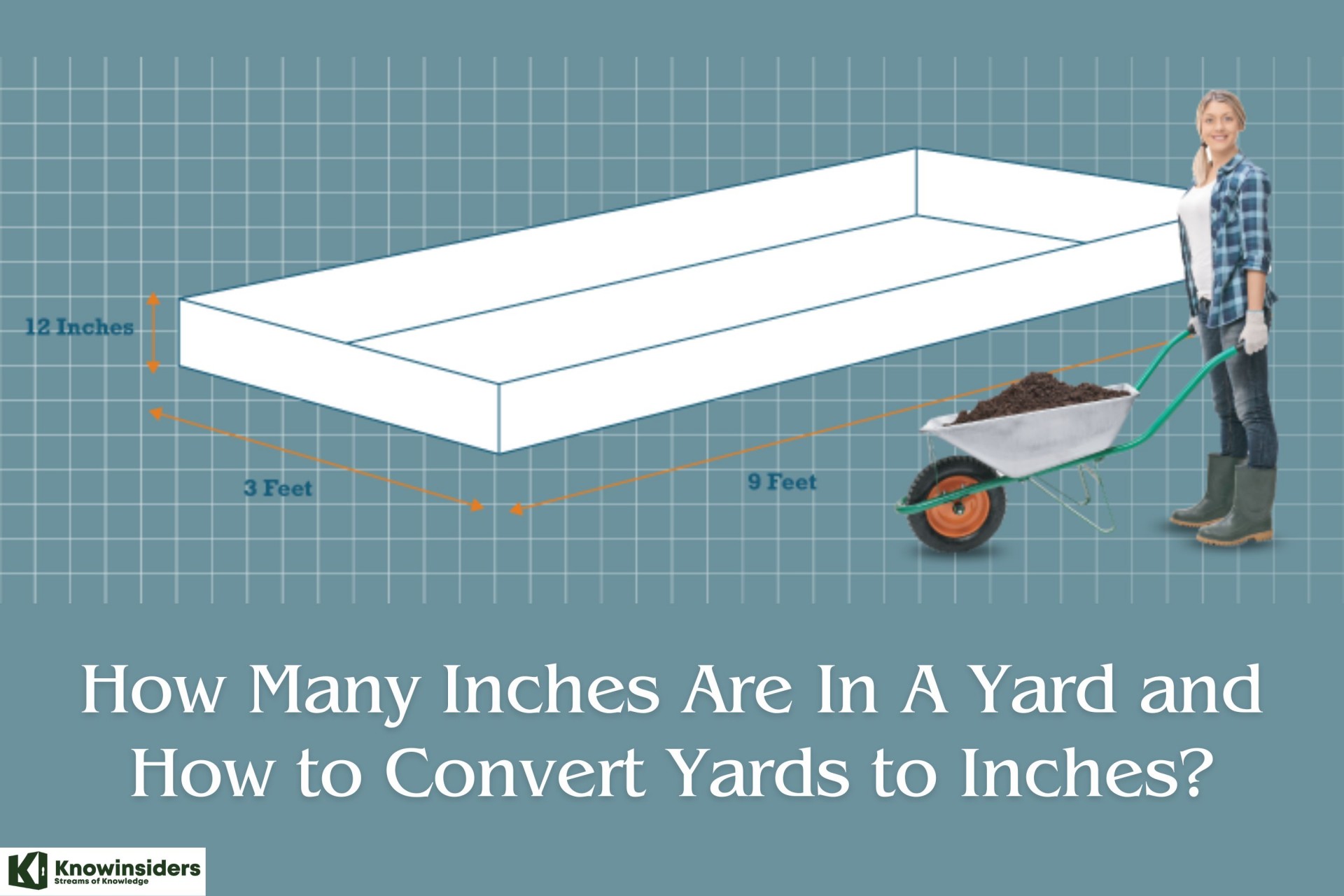 |
| How Many Inches Are In A Yard and How to Convert Yards to Inches? |
Historical Context and Standardization
The yard as a unit of measurement has a rich history that dates back to the early medieval period. Historical records suggest that the yard was used as a measurement unit as early as the late 10th century in England. It was originally considered to be the length of a man's belt or girdle, as it was practical to measure out fabric by using a belt. Over time, the measurement was standardized, and by the 14th century, King Edward I of England decreed the yard as the official unit of measurement for length.
This standardization was crucial for trade and construction, ensuring consistency and fairness. By the time of the 16th century, the yard was defined legally as the distance from the tip of the King's nose to the end of his outstretched thumb. Although seemingly arbitrary, these measurements laid the groundwork for the more precise definitions that would follow.
How Many Inches Are In A Yard?
Understanding the conversion between inches and yards is fundamental for a variety of fields, from tailoring to construction. The yard, as a unit of measurement, has been standardized to precisely equal 36 inches. This conversion rate is rooted in the Imperial system of measurements, which is predominantly used in the United States. To visualize this relationship, one can imagine a yardstick divided into 36 equal parts, each part representing one inch.
This straightforward ratio simplifies calculations and ensures accuracy whether you're measuring fabric lengths or marking distances for a new garden layout. Grasping this basic conversion empowers individuals to navigate tasks that require switching between these units with confidence and precision.
When To Use Inches Vs. Yards
In the realm of measurement, selecting between inches and yards hinges on the scale and precision required for the task at hand. For activities demanding fine detail or smaller dimensions, such as tailoring clothing, crafting, or interior design projects like framing pictures and hanging shelves, inches are typically used. This unit allows for a high degree of accuracy in measurements that are relatively minimal in length.
Conversely, yards find their application in scenarios where larger expanses are involved. This includes tasks like measuring fabric for curtains or upholstery, assessing land for landscaping projects, and sports-related dimensions where longer distances are common. The choice between using inches or yards is thus not arbitrary but informed by the specific needs of accuracy versus extent in various practical applications.
Conversion to Inches and its Importance
Inches have been used to define smaller lengths traditionally, and their number in a yard was established to provide a more granular measurement system. The exact number of 36 inches in a yard comes from the definition of an inch being equal to the length of three barleycorns, which are small and round and were lined up end to end lengthwise.
The importance of knowing how many inches are in a yard cannot be overstated. This conversion is essential not just in industries like construction, where precise measurements are crucial, but also in everyday situations. For instance, when you are looking to buy fabric, understanding this conversion helps in estimating how much material you need, as fabric widths are often sold by the yard but measured in inches when cutting to order.
How to Convert Yards to Inches: Step-by-Step Guide
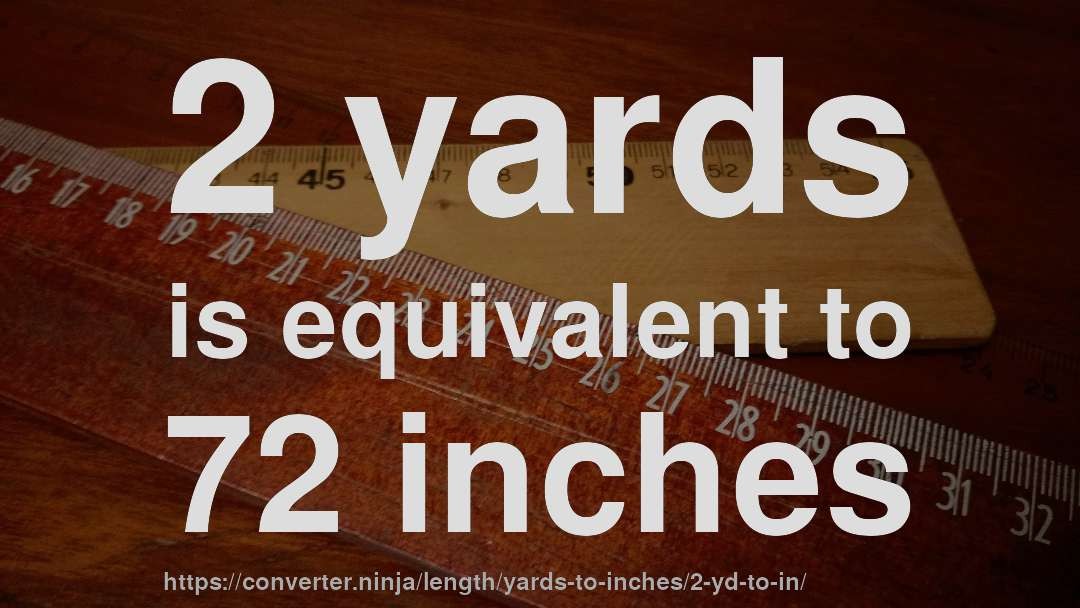 |
| Convert Yards to Inches |
1. Understand the Conversion Factor
There are 36 inches in a single yard. This is the conversion factor you will use.
2. Multiply the Number of Yards by 36
To find out how many inches are in a given number of yards, you multiply the number of yards by 36.
Formula: Inches = Yards × 36
3. Example Calculations
If you have 2 yards and need to find out how many inches that is, you would calculate:
2 yards×36 inches per yard=72 inches2 yards×36 inches per yard=72 inchesSimilarly, for 5 yards:
5 yards×36 inches per yard=180 inches5 yards×36 inches per yard=180 inches
Read More: How to Convert Feet to Inches and Inches to Feet: Simple Ways to Change
How to Convert Inches to Yards: Step-by-Step Guide
1. Understand the Conversion Factor
One yard is equal to 36 inches. Therefore, to convert inches to yards, you need to divide the number of inches by 36.
2. Divide the Number of Inches by 36:
To find out how many yards are in a given number of inches, divide the number of inches by 36.
Formula: Yards = Inches ÷ 36
3. Example Calculations
If you have 72 inches and want to convert that to yards, you would calculate:
72 inches÷36 inches per yard=2 yards72 inches÷36 inches per yard=2 yards
Similarly, for 180 inches:
180 inches÷36 inches per yard=5 yards180 inches÷36 inches per yard=5 yards
Tips and Tricks for Conversion
Converting between inches and yards is a fundamental skill in various fields, from tailoring to landscaping. To simplify this process, remember the key conversion factor: 1 yard is equal to 36 inches. This relationship allows for easy mental calculations. For instance, if you're trying to convert 72 inches into yards, divide by 36 to get 2 yards. Conversely, when converting from yards to inches, multiply the number of yards by 36.
To facilitate quicker conversions without a calculator, familiarize yourself with multiples of 36 (such as 72, 108, etc.). Additionally, understanding fractions can help in converting measurements not evenly divisible by 36. For example, half a yard (18 inches) or a quarter yard (9 inches) are common measurements in fabric stores. Keeping these tips in mind will make switching between units a breeze.
Use a Calculator: For large or fractional yard values, using a calculator can help ensure accuracy in your conversions.
Double-Check Your Work: Especially in professional settings where measurements are crucial, always double-check your calculations.
Use Conversion Tools: There are many online tools and apps specifically designed for unit conversions, which can simplify your calculations
Conclusion
In conclusion, the knowledge that there are 36 inches in a yard is more than just a trivial fact; it is a practical piece of information that has numerous applications in both professional and everyday contexts. Whether you are a student, a professional, or just someone working on a home project, understanding this basic conversion can help streamline your processes and ensure accuracy in whatever you do.
Thus, the next time you find yourself needing to convert yards to inches, remember that with 36 inches to a yard, you can calculate dimensions quickly and efficiently, making your projects easier to manage and execute.
FAQsHow Many Yards in a Foot?There are 0.3333 yards in a foot. This is derived from the fact that one yard equals three feet. So, to convert feet to yards, you divide the number of feet by 3. For example, if you have 1 foot, you would calculate: 1 foot÷3=0.3333 yards1 foot÷3=0.3333 yards How Many Inches in a Foot?There are 12 inches in a foot. How Many Feet in a Yard?There are 3 feet in a yard. How Many Yards in a Mile?There are 1,760 yards in a mile. How Many Feet in a Mile?There are 5,280 feet in a mile. How Many Inches in a Mile?Since there are 63,360 inches in a mile (12 inches/foot × 5,280 feet/mile), |
 How to Check A Car History in Australia - Top 10 Free Sites to Find the PPSR How to Check A Car History in Australia - Top 10 Free Sites to Find the PPSR In the digital age, arming yourself with the right information before purchasing a car is crucial. Luckily, Australia offers a plethora of free resources for ... |
 Interesting Facts About Tamagotchi - Japanese Handheld Game Interesting Facts About Tamagotchi - Japanese Handheld Game Do you adore Tamagotchis? Do you think you know everything about them? Learn these ten7 secrets and become an expert! |
 How to Check A Car History in New Zealand - Top 10 Free Websites to Find the VIN How to Check A Car History in New Zealand - Top 10 Free Websites to Find the VIN Checking the Vehicle Identification Number (VIN) before buying a used car in New Zealand is an essential step to ensure you're making a safe and ... |
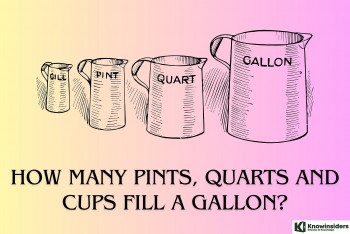 How Many Pints Fill a Gallon And How to Convert Pints into Gallons? How Many Pints Fill a Gallon And How to Convert Pints into Gallons? The conversion between pints and gallons reveals the intricacies of volume measurement and its practical implications in everyday life. Grasping this relationship not only enhances ... |








